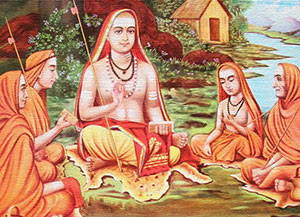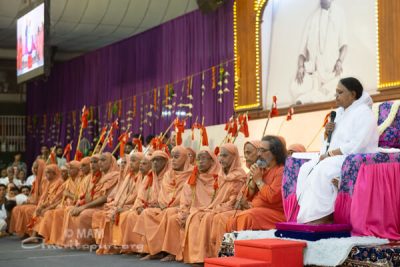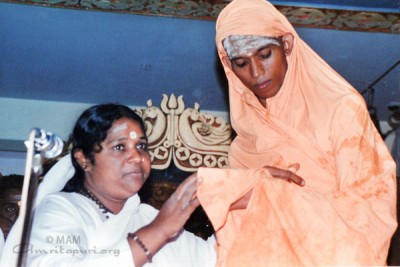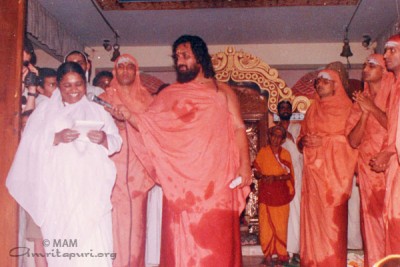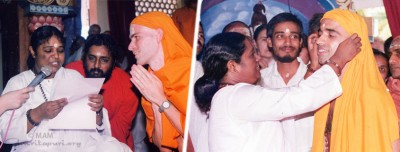We have to be thankful to Shankaracharya because Sanatana Dharma, the all-encompassing eternal code of life contained in the Vedas, still flows as the dynamic force underlying and unifying popular Hinduism. It is a monumental testimony to his life and works that this remains so.
The very fact that Hinduism is still a dynamic and all-encompassing religion stands as ample testimony to the deeds of Adi Shankaracharya.
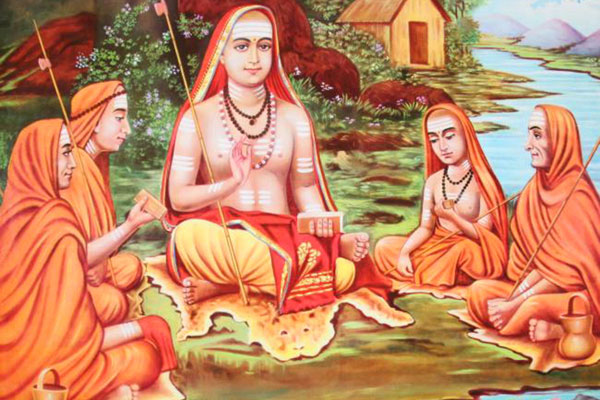
One of His invaluable contributions towards this, after the Bhashya — commentary of Bhagavad Gita, Upanishad & Brahmasutra –, was the reordering and restructuring of the ancient Sannyasa order.
During his travels across the length and breadth of India, he established four maths (ashrams) to unify the scattered and diverse groups of Sannyasis. These four maths were established, about 700 BCE, in four different corners of India. He selected four of his senior-most disciples to head each of these maths. Each of these maths was assigned the task of maintaining and preserving for posterity, one of the four Vedas
Shankaracharya reorganised all the Sannyasis in India into ten main groups known as the Dasanami Tradition*. These orders are also allocated to different maths.
Historical and literary evidence also exist which prove that the Kanchi Kamakoti Mutt at Kancheepuram, in Tamil Nadu, was also founded by Shankaracharya.
The Puri Sannyasa Tradition
The Sannyasis of Mata Amritanandamayi Math belong to the Puri Sannyasa tradition. According to the tradition set forth by Adi Shankaracharya, the Puri Sannyasa tradition is characterised by the following – formal allegiance to the Shringeri Math
first Acharya (teacher) to be Sureswara
follow the Bhurivara Sampradaya (customs)
traditional Kshetra (Temple) – Rameshwar
traditional Deva (God) – Adi Varaha (The incarnation of Lord Vishnu in the form of a boar)
traditional Devi (Goddess) – Kamakshi (Sharada)
traditional Veda – Yajur Veda
traditional Upanishad – Kathopanishad
traditional Mahavakya (statement revealing the nature of Absolute Reality ) – Aham Brahmasmi
traditional Tirtha (Holy River) – Tungabhadra
traditional Gotra (descent or lineage) – Bhaveshavar Rishi
*The Dasanami Tradition
Giri – one who lives on a hill
Parvata – one who lives on a mountain
Sagara – one who lives near the sea
Vanam – one who lives in the forest
Aranya – one who lives in the jungle
Ashrama – one who lives in a hermitage
Saraswati – one who is well learned
Tirtha – one who lives near a site with sacred waters
Puri – one who dwells in a town
Bharati – one who is without bondage

